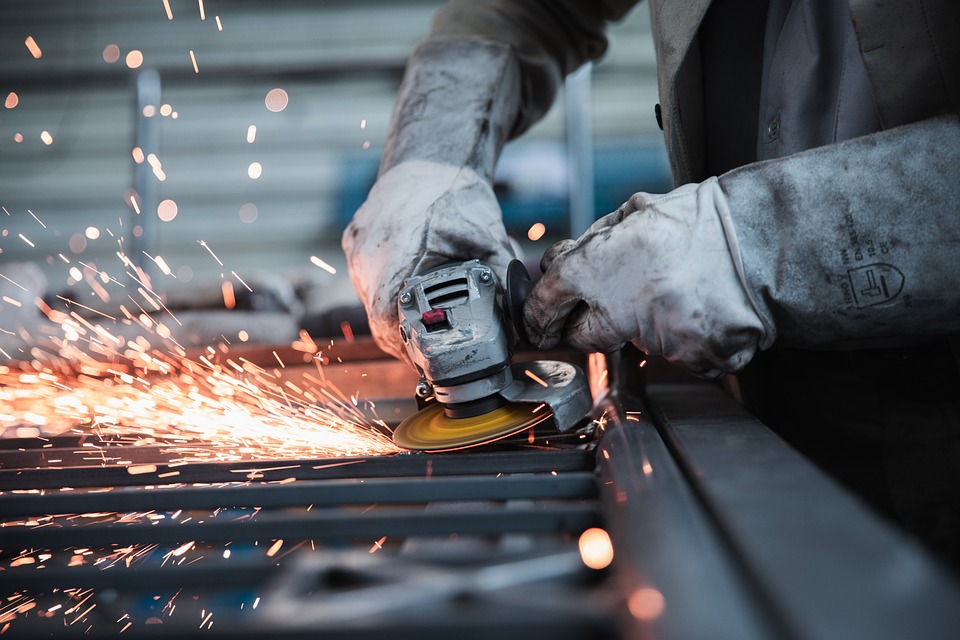
Alloy
A high-tech enterprise focusing on the development and application of X-ray technology products, committed to becoming a leading supplier of X-ray industrial testing solutions.
Cashing in on Catalytic Converters: How to Evaluate Scrap Value and Make Profitable Decisions
In the world of automotive parts, catalytic converters hold a unique position. Not only are they crucial for reducing harmful emissions, but they also contain valuable metals that can be recycled for profit. As the demand for these metals rises, so does the interest in scrapping catalytic converters. This blog will guide you through evaluating the scrap value of catalytic converters and making profitable decisions.
Understanding the Value of Catalytic Converters
Catalytic converters are embedded with precious metals like platinum, palladium, and rhodium. These metals act as catalysts to convert harmful gases into less harmful emissions. The quantity and type of these metals can significantly influence the converter’s scrap value.
Platinum (Pt): Known for its high melting point and resistance to corrosion, platinum is a key player in catalytic converters. It's used primarily in diesel engines.
Palladium (Pd): This metal is widely used in catalytic converters for gasoline engines due to its efficiency and lower cost compared to platinum.
Rhodium (Rh): The most expensive of the three, rhodium is used in small quantities to reduce nitrogen oxide emissions.
The role of XRF analyzers in scrap assessment
X-ray fluorescence (XRF) analyzers are a powerful tool when assessing the value of used catalytic converters and other metal scrap. XRF analyzers quickly and accurately identify and quantify elemental composition in samples through non-destructive testing, making them essential equipment in the waste recycling and assessment fields.
What is an XRF analyzer?
XRF analyzers use X-rays to excite atoms in a sample, causing them to release characteristic X-rays. By detecting the energy and intensity of these characteristic X-rays, XRF analyzers can determine the type and content of elements in a sample. This analytical method is widely used in metal recycling and scrap assessment because it is fast, accurate, and non-destructive.
The role of XRF analyzers in scrap assessment
Quickly identify the content of precious metals: XRF analyzer can quickly identify the content of precious metals such as platinum, palladium, rhodium and so on in the catalytic converter. This is crucial for assessing its scrap value, as the precious metal content directly determines its recycling value.
Improve evaluation accuracy: By accurately quantifying the elemental components in the sample, the XRF analyzer provides high-precision analysis results and avoids errors caused by human estimation. This enables buyers and sellers to conduct transactions based on reliable data.
Non-destructive testing: XRF analysis is a non-destructive testing method, which means the sample is not destroyed during the testing process. XRF analysis is particularly useful when the integrity of the sample needs to be preserved.
Save time and cost: Traditional chemical analysis methods usually require a long time and high cost, while XRF analyzers can provide results in a few seconds, significantly saving time and cost, and improving evaluation efficiency.
Portability and on-site analysis:
Many modern XRF analyzers are designed as portable devices, allowing analysis to be performed in the field. This is very convenient for the waste recycling industry, as assessments can be carried out directly at the recycling site, without the need to send samples to a laboratory.
Things to note when using XRF analyzers
Calibration and Maintenance: To ensure accuracy, XRF analyzers require regular calibration and maintenance. Calibration using standard samples can ensure the measurement accuracy of the instrument.
Sample preparation: Although XRF analysis does not require complex sample pre-treatment, ensuring that the sample surface is clean and flat can improve the accuracy of the measurement.
Safe operation: Although the dose of X-rays used by XRF analyzers is low, you still need to follow safe operating procedures and avoid direct contact with X-rays.
in conclusion
The role of XRF analyzers in scrap evaluation cannot be ignored. It provides powerful support for the assessment of used catalytic converters and other metal scrap by quickly and accurately identifying and quantifying metal content. Using XRF analyzers, the recycling industry can more efficiently and accurately assess the value of scrap, allowing for more profitable decisions.
Terra Scientific EulerX900 series handheld XRF analyzers can be equipped with car catalyst calibration and provide fast, on-site analysis of spent car catalysts, with minimum sample preparation required. It can easily and reliably be used in the recycling and refining process of automotive catalytic converters to determine the concentration of platinum, palladium and rhodium. Besides, it can fast analyze other metal elements for the metal scrap from recycled automobiles to do scrap sorting job easily.
By properly using and maintaining XRF analyzers, waste recycling companies can gain an advantage in the highly competitive market and maximize their recycling profits.
Join Us
Subscribe to our email list for updates & promotions.



